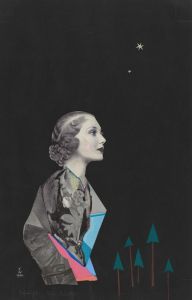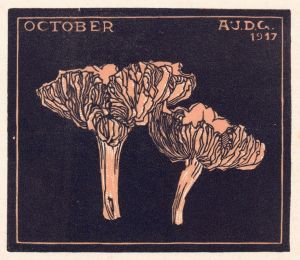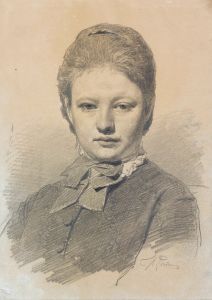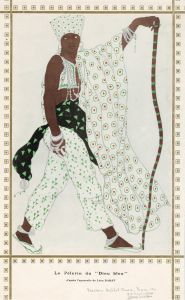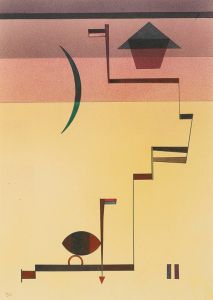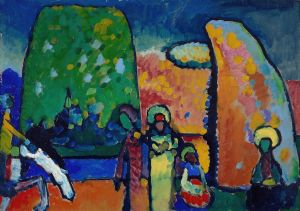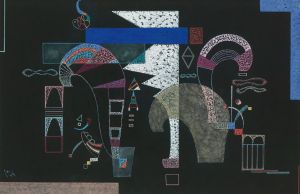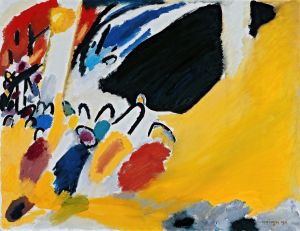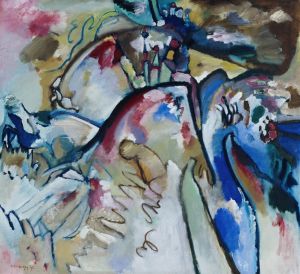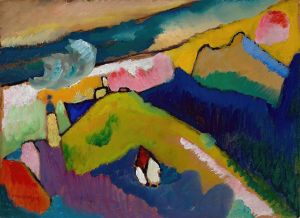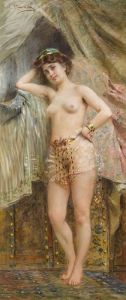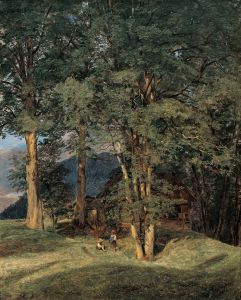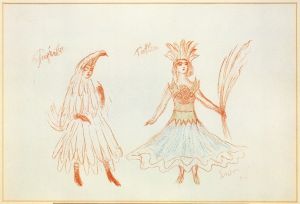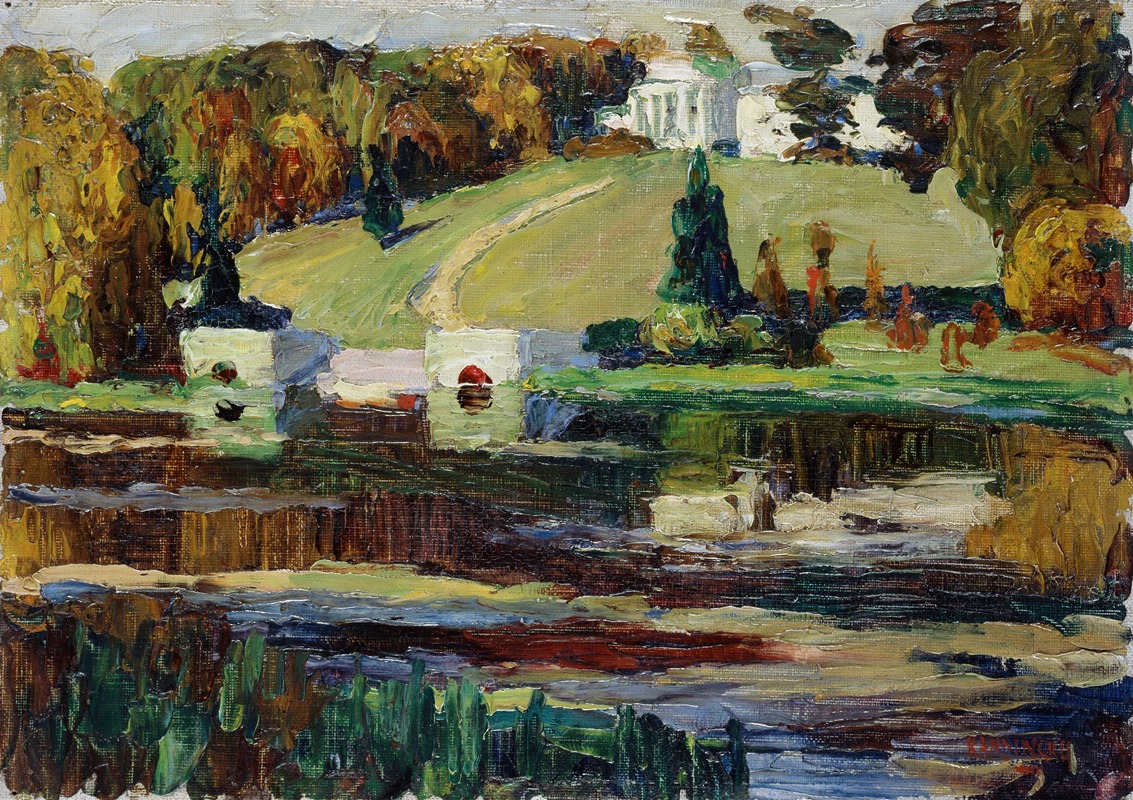
Sketch for Akhtyrka – Fall
A hand-painted replica of Wassily Kandinsky’s masterpiece Sketch for Akhtyrka – Fall, meticulously crafted by professional artists to capture the true essence of the original. Each piece is created with museum-quality canvas and rare mineral pigments, carefully painted by experienced artists with delicate brushstrokes and rich, layered colors to perfectly recreate the texture of the original artwork. Unlike machine-printed reproductions, this hand-painted version brings the painting to life, infused with the artist’s emotions and skill in every stroke. Whether for personal collection or home decoration, it instantly elevates the artistic atmosphere of any space.
"Sketch for Akhtyrka – Fall" is a painting by Wassily Kandinsky, a pioneering Russian painter and art theorist. Kandinsky is often credited with creating one of the first purely abstract works in modern art. Born in Moscow in 1866, he spent his early years in Russia before moving to Germany and later to France, where he developed his unique style that would influence generations of artists.
The painting "Sketch for Akhtyrka – Fall" was created in 1901. This period marks Kandinsky's early exploration into the use of color and form, which would later become central to his abstract works. During this time, Kandinsky was deeply influenced by the landscapes and folk art of Russia, as well as by the Symbolist movement, which emphasized the use of symbolic imagery and themes.
"Sketch for Akhtyrka – Fall" is part of a series of works that Kandinsky created based on his experiences in the Russian countryside, particularly around the village of Akhtyrka. The painting captures the essence of the fall season with its vibrant use of color and dynamic composition. Kandinsky's technique in this piece reflects his interest in the emotional and spiritual effects of color, a theme that he would continue to explore throughout his career.
The painting is characterized by its bold, expressive brushstrokes and the use of vivid, contrasting colors. The composition is somewhat abstract, yet it retains elements of the natural landscape, such as trees and fields, which are depicted in a stylized manner. This blend of abstraction and representation is typical of Kandinsky's work during this period, as he sought to convey the inner essence of the landscape rather than a literal depiction.
Kandinsky's work during the early 1900s was also influenced by his interest in synesthesia, the phenomenon where one sensory experience can evoke another, such as seeing colors when hearing music. This interest is evident in "Sketch for Akhtyrka – Fall," where the vibrant colors and dynamic forms seem to create a visual symphony, evoking the sounds and sensations of the fall season.
Throughout his career, Kandinsky continued to develop his theories on art and abstraction, publishing influential texts such as "Concerning the Spiritual in Art" (1911) and "Point and Line to Plane" (1926). These writings articulated his belief in the spiritual and emotional power of art, and his conviction that abstract forms and colors could express profound truths about the human experience.
"Sketch for Akhtyrka – Fall" is an important work in Kandinsky's oeuvre, as it represents a key moment in his artistic development. It showcases his early experiments with color and form, and his efforts to capture the spiritual essence of the natural world. Today, Kandinsky is celebrated as one of the most important figures in modern art, and his works continue to inspire and influence artists around the world.
The painting is held in a private collection, and it is occasionally exhibited in major retrospectives of Kandinsky's work. It remains a testament to Kandinsky's innovative spirit and his enduring quest to explore the deeper meanings of art and life.





